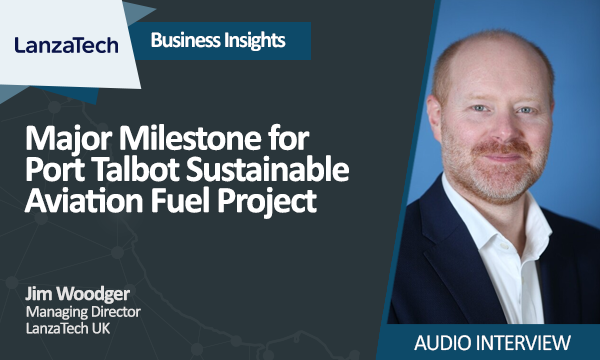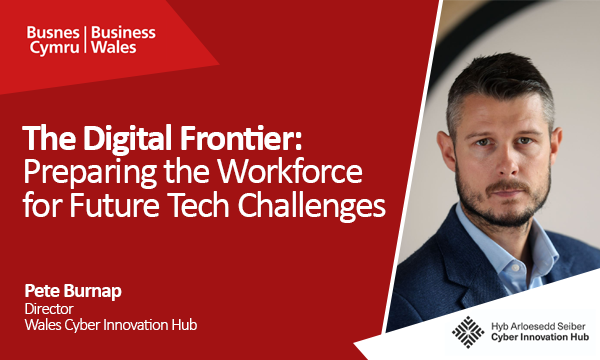 Written By:
Written By:
John Jackson
Industry Editor
The UK is currently experiencing an extreme heatwave and in this article, John Jackson offers various solutions for how businesses, companies and organisations may need to adapt working environments and processes in order to cope with increasing temperatures and extreme weather conditions resulting from climate change.
Summer brings with it the thought of long hot days filled with endless sunshine, enjoying time outdoors with loved ones. Of course the reality differs and we know all too well that our summers can be grey, wet and even cold at times, and we certainly have become accustomed to unpredictable weather. Although it's the impact of global warming on our weather patterns that is casting a truly worrying cloud across the built environment. The Met Office have identified that the UK’s ten warmest years have all occurred since 2002, and they are predicting that overtime our summers will become hotter and drier, whilst our winters will be warmer and wetter. Whilst hot dry summers seem appealing, there is also a prediction that we will experience more frequent and intense weather extremes. So far this year parts of Canada and the USA have experienced a record breaking heat wave, whereas in Western Europe we’ve witnessed the extreme flooding and here in the UK Northern Ireland has recorded its highest ever temperature.
It's becoming increasingly imperative to ensure that our built environment has the resilience it needs to cope with the predicted increases in temperature and extreme weather events, and this has to happen in tandem with the work needed to decarbonise Wales. There will be a temptation to rely heavily on technology to provide the solutions, however there is also an opportunity to actively embrace simpler more natural solutions, and ultimately creating a climate resilient built environment will need to imaginatively embrace a combination of both.
This resilience is needed to protect people and create a built environment that will function effectively into the future. This is of particular significance for our youngest citizens who will grow up to live with the impacts of climate change. That said, in our most recent heat waves we have already seen our built environment and people struggling to cope, so it makes even more sense to start this form of “building back better” as soon as possible.
To begin with it's worth looking to identify the low/no cost solutions that can be easily implemented. One example would be for employers to introduce flexible working practices. For office workers, summertime heatwave working based on a 9 to 5 workday could easily be changed to offer staff the opportunity to start work earlier and leave earlier. That could, for example, result in a working day starting at 7am and ending at 3pm, allowing people to commute and work during the cooler parts of the day. It would also result in staggered start and finish times that would reduce the rush hour crush on public transport. Adding remote working options, and a relaxed office dress code would further help individuals to cope with the heat based on what works best for them. Understandably, not everyone works in an office, and high temperatures present different challenges particularly for people who work outdoors. To counter this summertime construction work could start very early in the morning when the temperatures are lower.
For anyone with a health condition, extreme heat poses a genuine threat to life, especially where mobility is restricted. This concern extends beyond formal care settings and needs to also consider how individual homes can cope with high temperatures. We need to pay careful attention to how we design and build houses and apartments for everyone, and with considered design it should be possible to mitigate the impact of more extreme climatic conditions, particularly the expected increase in summertime temperatures.
The solution we shouldn’t look to embrace is domestic air conditioning units, and this is a trend I’m increasingly seeing being used as a retro solution in homes with conservatories and expanses of windows. With good design this really shouldn’t be necessary. For example, I’ve stayed in accommodation in Spain that didn’t have or need air conditioning. Instead it had vaulted ceilings, working shutters as part of a complete window system, thermally reflective curtains and where there were big windows these were kept shaded by a deep roof overhang. As a result, even on the hottest days it was possible to maintain a comfortable internal temperature.
External shutters have an important role to play in helping to keep houses, apartment buildings and office blocks cool during the summer months. However, where new office buildings have sealed all glass facades they could prove difficult and costly to retrofit with shuttering/shading systems. As a result they are likely to continue to rely on air conditioning systems to keep the interiors cool. At a time when we also have to focus on decarbonisation, and the demand for electricity is set to increase, adopting ways of keeping buildings cool that don’t require power should be prioritised.
At street level, increased tree planting would provide shade to help keep urban centres cool on the hottest of days, and also provide people with welcome relief from direct sunlight. As temperatures rise, people naturally want to cool off and to facilitate this the most natural solution would be for the rivers that run through many of our towns and cities to be safe for swimming in or even just a paddle. Where this isn’t possible there are plenty of opportunities to introduce water into urban settings, one of the most popular being the water fountains set into paving that children in particular seem to find irresistible. In creating a more resilient built environment we should embrace the opportunity to make it more fun for everyone, and this in itself would be supportive of the ambition to attract more people into towns and cities. On a bigger scale, and I know I’ve mentioned this before, but opening in new lidos would give people a destination to go to cool down, and enjoy some outdoor swimming at the same time.
Adapting to climate change isn’t just about keeping cool, we need to anticipate more extreme weather events and in particular the threat posed by heavy downpours that can occur at any time of year. This will demand particular attention to our drainage systems and the ability to slow the runoff of water into rivers and our manmade infrastructure. Worryingly we are already witnessing an increase in the number of landslides and flash floods here in Wales highlighting the need to act now to protect our built environment.
Summertime gives us the opportunity to enjoy our towns and cities at their very best, however if we want future generations to also have this enjoyment we have to take the measures needed to secure the long term resilience of our built environment.













